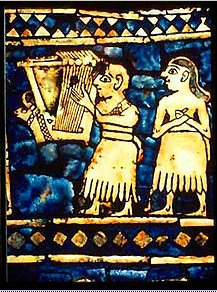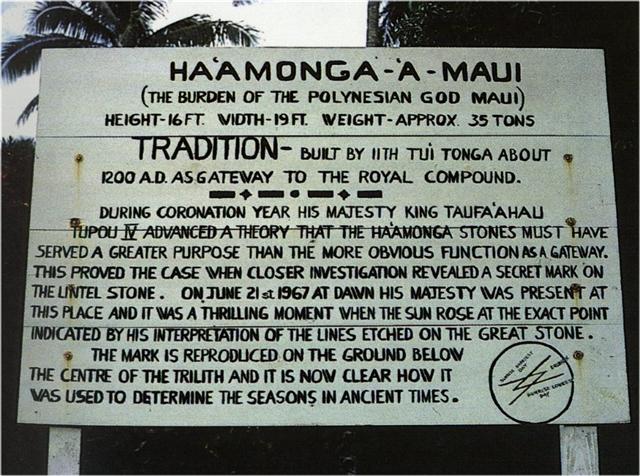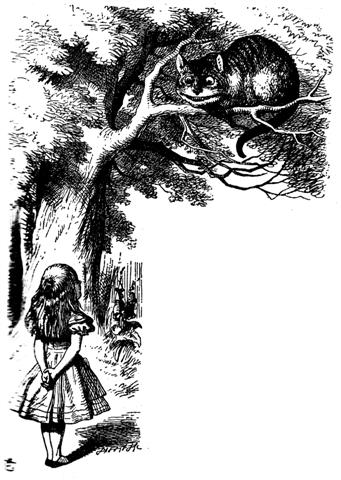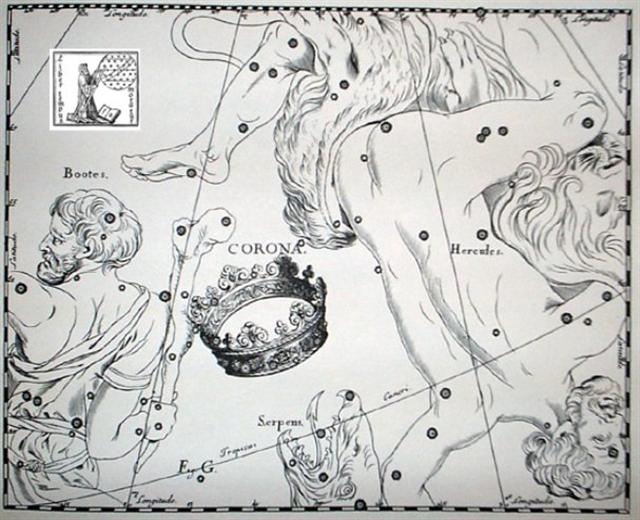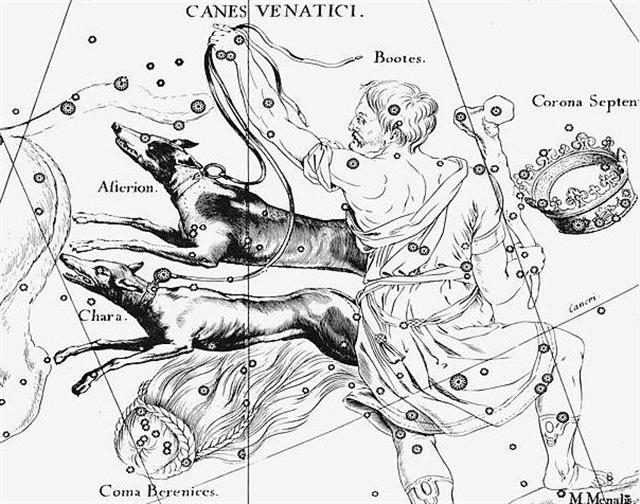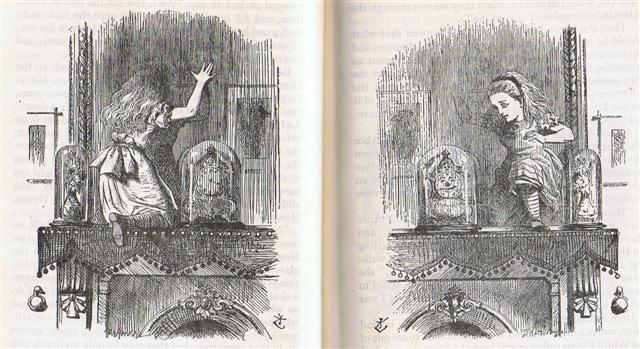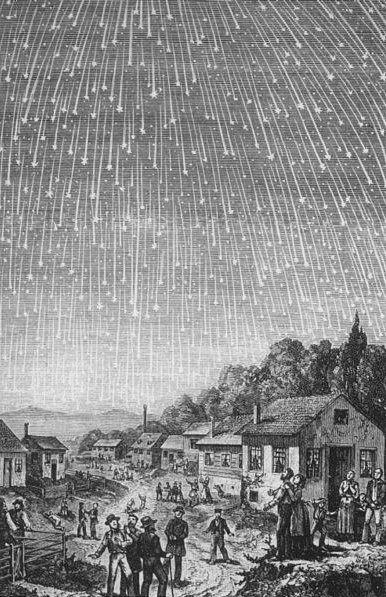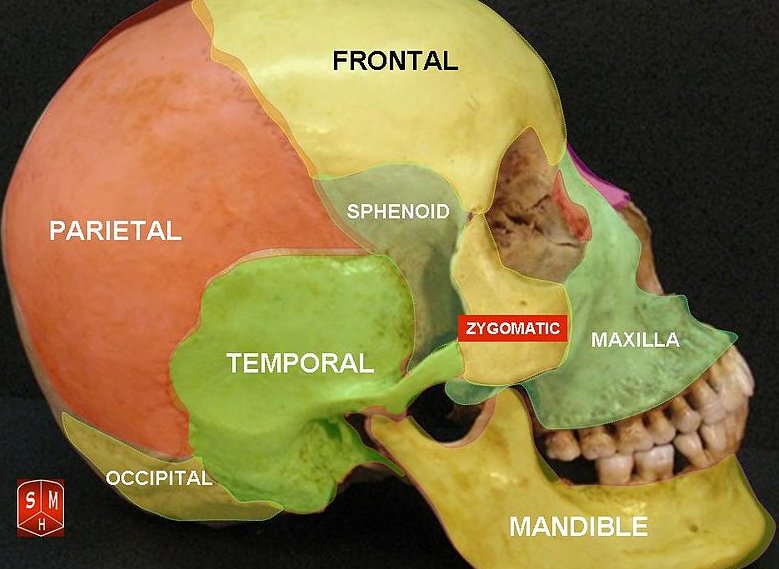|
RIGEL
In space-time the focal point might have been Rome, but surely it would have been the location of 0h (spring equinox) which mattered the most in time-space. Rome was from where the troops went out and later would return after their victory.
And spring equinox was where the Sun went up again after having completed his victorious mission down under the earth. ... Marduk, die Frühsonne des Tages und des Jahres, wurde eben wegen dieses seines Charakters der Lichtbringer am Weltmorgen. Marduk, der die leblose, chaotische Nacht, die keine Gestaltungen erkennen lässt, besiegt, der den Winter mit seinem Wasserfluten, den Feind des Naturlebens, überwindet, wurde der Schöpfer des Lebens und der Bewegung, der Ordner des Regellosen, der Gestalter des Unförmlichen am Weltmorgen ... Die Sonne, die des Morgens das Weltmeer durchschreitet und besiegt und das Licht bringt, lässt aus dem Chaos der Nacht zuerst den Himmel, dann erst die Erde hervortreten, spaltet das gestaltlose Reich der Nacht in die zwei Hälften, den Himmel und die Erde ...
... Ganz ähnlich is der Name 'Gott von Duazag' des Gottes Nabū ... zu erklären. Er bezeichnet ihn als den Gott des Wachtstums, welches als aus dem Osten stammend betrachtet wird, weil die Sonne, die das Wachstum bringt, im Osten aufgeht. Dass aber Nabū als Ost-Gott aufgefasst wurde, hängt damit zusammen, dass sein Stern, der Mercur, nur im Osten oder Westen sichtbar ist ...
... And so they waited there in the darkness at the place where the sun rises. At length the day dawned, a chilly grey at first, then flaming red. And the sun came up from his pit, suspecting nothing. His fire spread over the mountains, and the sea was all glittering. He was there, the great sun himself, to be seen by the brothers more closely than any man had ever seen him. He rose out of the pit until his head was through the noose, and then his shoulders. Then Maui shouted, and the ropes were pulled, the noose ran taut. The huge and flaming creature struggled and threshed, and leapt this way and that, and the noose jerked up and down and back and forth; but the more the captive struggled, the more tightly it held ... There was a hole (pit) through the morning horizon in the east, an opening (gateway) for the Sun to climb up through onto the surface of mother earth.
... I do want it, said the maiden. Very well. Stretch out your right hand here, so I can see it, said the bone. Yes, said the maiden. She stretched out her right hand, up there in front of the bone. And then the bone spit out its saliva, which landed squarely in the hand of the maiden. And then she looked in her hand, she inspected it right away, but the bone's saliva wasn't in her hand. It is just a sign I have given you, my saliva, my spittle. This, my head, has nothing on it - just bone, nothing of meat. It's just the same with the head of a great lord: it's just the flesh that makes his face look good. And when he dies, people get frightened by his bones. After that, his son is like his saliva, his spittle, in his being, whether it be the son of a lord or the son of a craftsman, an orator. The father does not disappear, but goes on being fulfilled. Neither dimmed nor destroyed is the face of a lord, a warrior, craftsman, an orator. Rather, he will leave his daughters and sons. So it is that I have done likewise through you. Now go up there on the face of the earth; you will not die. Keep the word. So be it, said the head of One and Seven Hunaphu - they were of one mind when they did it ...
All the above taken into account together should illustrate that indeed there was a hole in the tapa mea (red drapery, red carpet) of dawn, because there were 40 nights from the culmination (at 21h) of Cor Caroli to that of Gemma - but there were only 39 days in the corresponding place in the Sun calendar.
The location for this remarkable season surely was that half a year away from Spica (*202), i.e. in Andromeda, the other wife of the Sun.
Here was the hole at spring equinox, for here was the star named Adhil (*19 = *202 - *183), which currently rose together with the Sun in April 9 (99).
There was a hole at the star denoted ξ
in the train of the garment (Λdhil) of Andromeda. Kahu. Clothing, dress, habit, cloth, curtain, vestment, veil, shirt, sheet; kahu hakaviri, shroud; kahu nui, gown; rima o te kahu, sleeve; kahu rahirahi, muslin; hare kahi, tent; horega kahu, shirt; hakarivariva ki te kahu, toilet; rakai ki te kahu, toilet; patu ki te kahu, to undress; kahu oruga, royal sail; kahu hakatepetepe, jib; kahu nui, foresail; hakatopa ki te kahu, to set sail; (hecki keho, canvas T.) P Pau.: kahu, dress, garment, native cloth. Mgv.: kahu, cloth, stuff, garment, clothing. Mq.: kahu, habit, vestment, stuff, tunic. Ta.: ahu, cloth in general, vestment, mantle. Chuchill. ... Note that rain and stars are singled out as the characteristics of the sky: we have seen that the ancients of Mesopotamia and in India shared the concept of a divine 'sky garment' consisting either of rain clouds or of the starry sky ...
Teke. Occiput. Teketeke, short (not tall); also: teke. Vanaga. Teke ki nei, as far as, until (? tehe 1). Teketeke, crest, ridge. Churchill.
|
|||||||||||||||||||||||||||||||||||||||||||||||||||||||||||||||||||||||||||||||||||||||||||||||||||||

